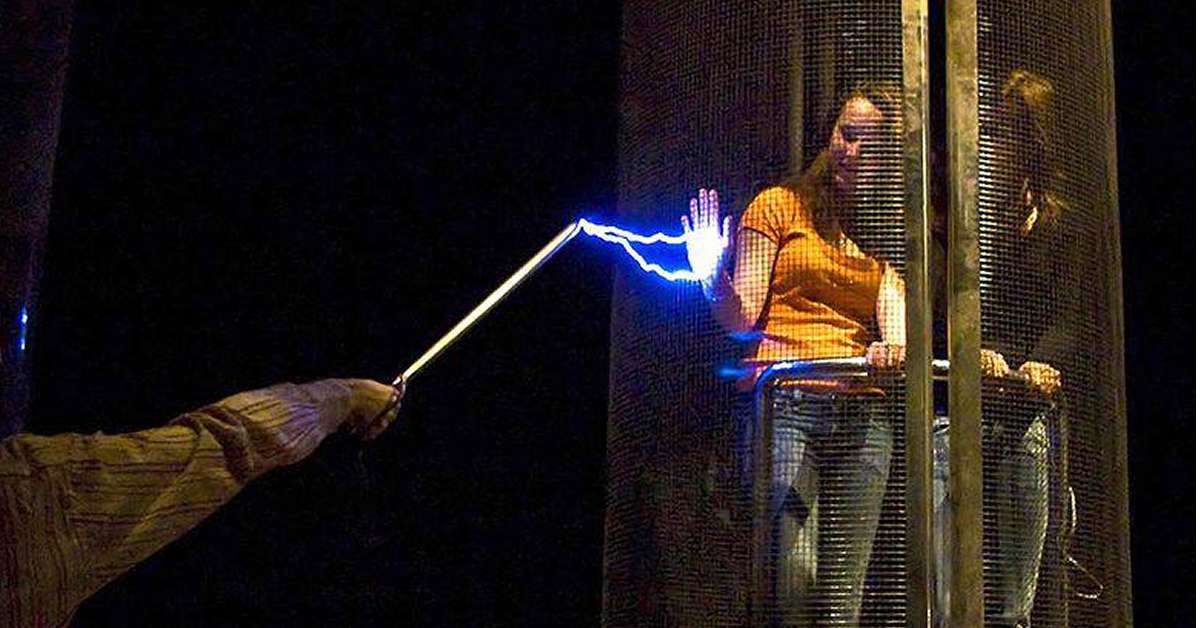Exploring High-performance Electromagnetic Shields: Implementations in Scientific Research and Industry
In an increasingly connected world, the need for safeguarding against electromagnetic interference and multiple types of electronic threats has never been as vital. The Faraday cages, bearing the name after the brilliant scientist Michael Faraday, are ingenious devices designed to shield sensitive electronics and communication equipment from electromagnetic fields. By enclosing components in conductive materials, Faraday cages efficiently prevent external electromagnetic signals, ensuring that what is inside stays safe from interference or damage.
As we explore into the fascinating applications of advanced Faraday cages, it is clear that their uses reach far past basic protection against electromagnetic pulses. From military applications to data security and even emergency preparedness, understanding the crucial features and various types of Faraday cages can help individuals and organizations make knowledgeable decisions. Whether RF enclosures for sale is looking to protect personal electronics, safeguard critical data, or prepare for unforeseen electronic disruptions, this guide will cover everything you need to know about choosing the appropriate Faraday cage for your specific needs and how to enhance its defensive capabilities.
Key Features and Material Choices for Faraday Cages
When selecting a Faraday cage, understanding its key features is essential for guaranteeing efficient protection against electromagnetic interference. Look for a cage that offers even coverage and few gaps, as all openings can weaken its shielding capabilities. Additionally, take into account accessibility features, such as doors or openings that maintain the integrity of the shield while facilitating easy access to the stored items. Also, consider the weight and portability of the design, especially if you plan to relocate the cage frequently.
Materials play a key role in the efficacy of a Faraday cage. Metals such as aluminum are among the preferred choices due to their superior conductivity and shielding properties. Copper provides exceptional shielding effectiveness but tends to be more costly, while aluminum offers a reasonable balance between cost and performance. Steel, while bulkier, provides durability and is often used in industrial applications. It’s important to match the material choice to your particular needs and budget.

Another factor to consider is the manufacturing method of the Faraday cage. Solid Faraday cages provide strong protection, but mesh cages can offer a lightweight alternative, depending on the desired frequency range. The choice between rigid or netted may also depend on the intended use, with solid cages being preferable for high-risk environments. Evaluating these material options and construction styles will help in choosing a Faraday cage that meets your protection requirements successfully.
Testing and Validating Faraday Shield Functionality
To ensure that a Faraday cage is working properly, testing is crucial. RF testing equipment suppliers for validation is to use a radio wave signal generator. By placing a emitter external to the cage and a receiver inside the cage, users can measure how much of the signal infiltrates the cage. A significant drop in detected signal power indicates that the cage is delivering sufficient shielding. This technique not only checks the cage's efficacy but also assists spot any vulnerabilities in its construction.
Another valid way to test a Faraday cage is through electromagnetic interference evaluation. This necessitates using specialized testing devices to emit various frequencies and measuring how these frequencies are influenced by the cage. This type of testing is particularly beneficial for understanding how the cage operates across a range of electromagnetic frequencies, which is critical for scenarios that necessitate particular RF shielding.
Lastly, performing a visual review and maintenance routine is essential for extended functionality. Over time, elements such as deterioration, physical damage, or incorrect grounding can influence the effectiveness of a Faraday cage. Periodically examining the mesh or solid structure, ensuring a secure seal, and checking grounding connections can help maintain optimal shielding and confirm that the cage continues to be reliable over time.
Practical Applications & Future Developments
These structures have shown their flexibility across multiple areas, including telecommunications, medical research, and aerospace. In telecommunications, they protect sensitive equipment from EMI, ensuring data integrity and clarity of communication. In healthcare settings, Faraday cages are employed to shield MRI scanners and additional sensitive equipment from external electromagnetic noise, enhancing their performance. Space applications include using Faraday cages to protect satellite equipment from solar flares and other space-related electromagnetic phenomena, protecting vital technologies in our environment and beyond.
The prospects of Faraday cage technology looks promising with ongoing innovations aimed at improving shielding efficiency and ease of use. Scientists are exploring advanced materials that not only enhance electromagnetic interference shielding but also reduce weight and increase durability. Advancements in nanotechnology and metamaterials are creating opportunities for more efficient designs with superior performance at various frequency bands. These innovations may lead to more compact and effective cages that can be integrated into portable electronics and intelligent devices, broadening their applicability.
As understanding of electromagnetic threats increases, the need for effective Faraday cages is likely to rise in personal and commercial markets. Industries focused on data security are particularly keen in enhanced Faraday solutions to protect sensitive information from cyber threats, including cyberattacks that leverage electromagnetic signals. Furthermore, with the rise of IoT devices, the need for protective solutions that ensure uninterrupted and secure communications will likely drive further advancements in Faraday cage products, making them an essential component for a safe digital landscape.